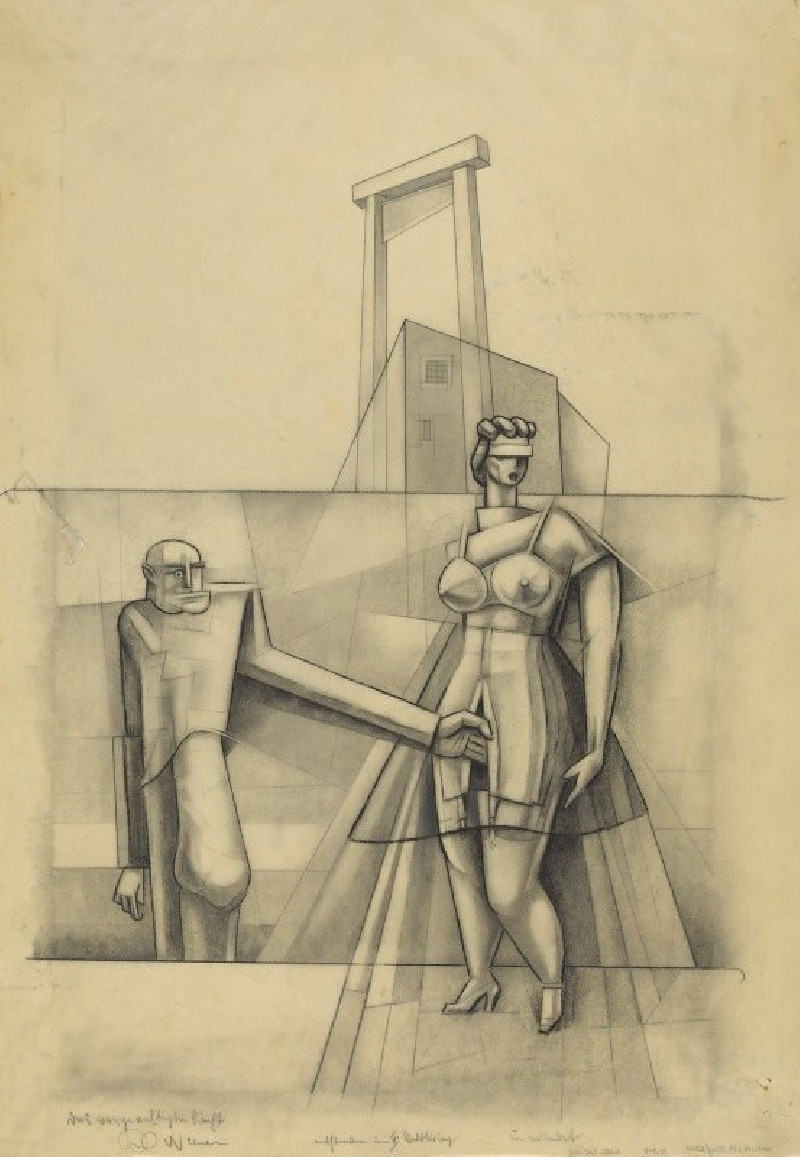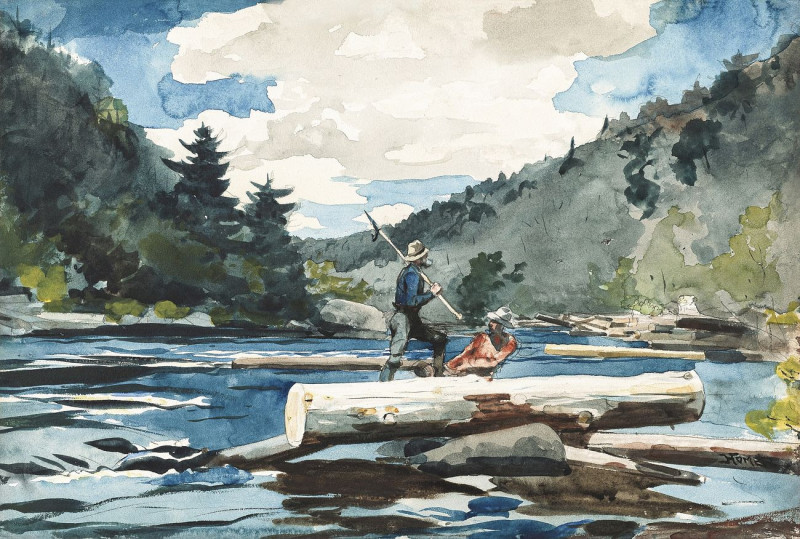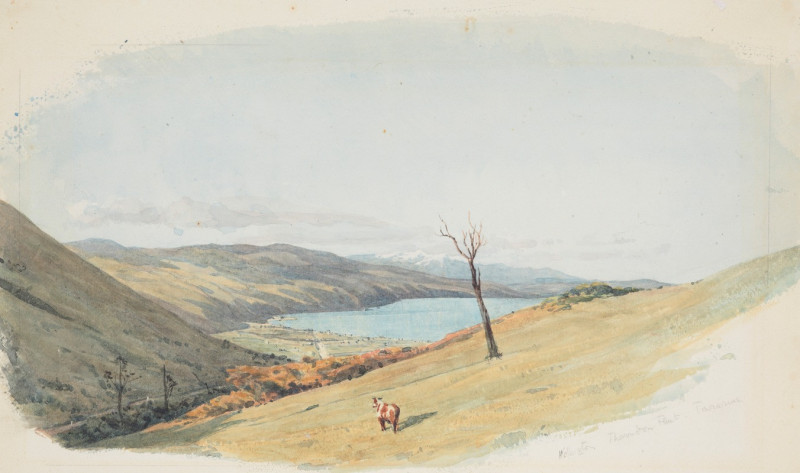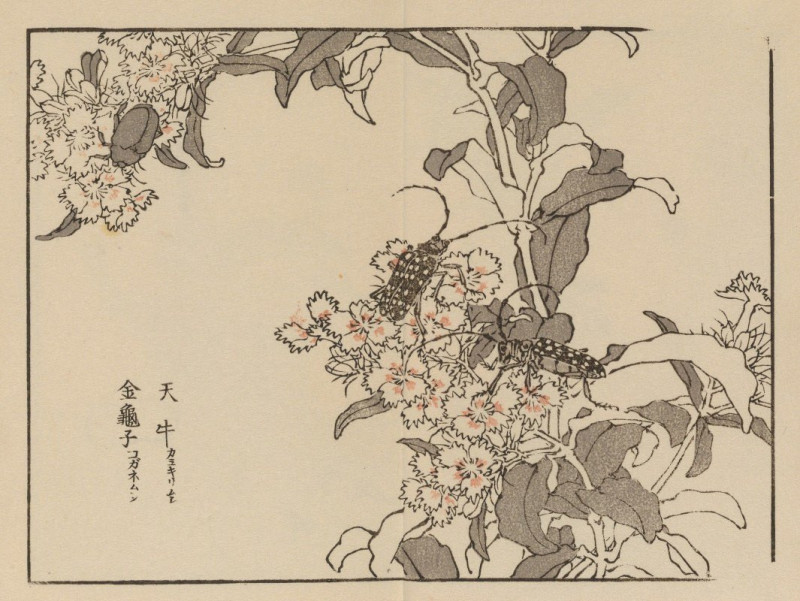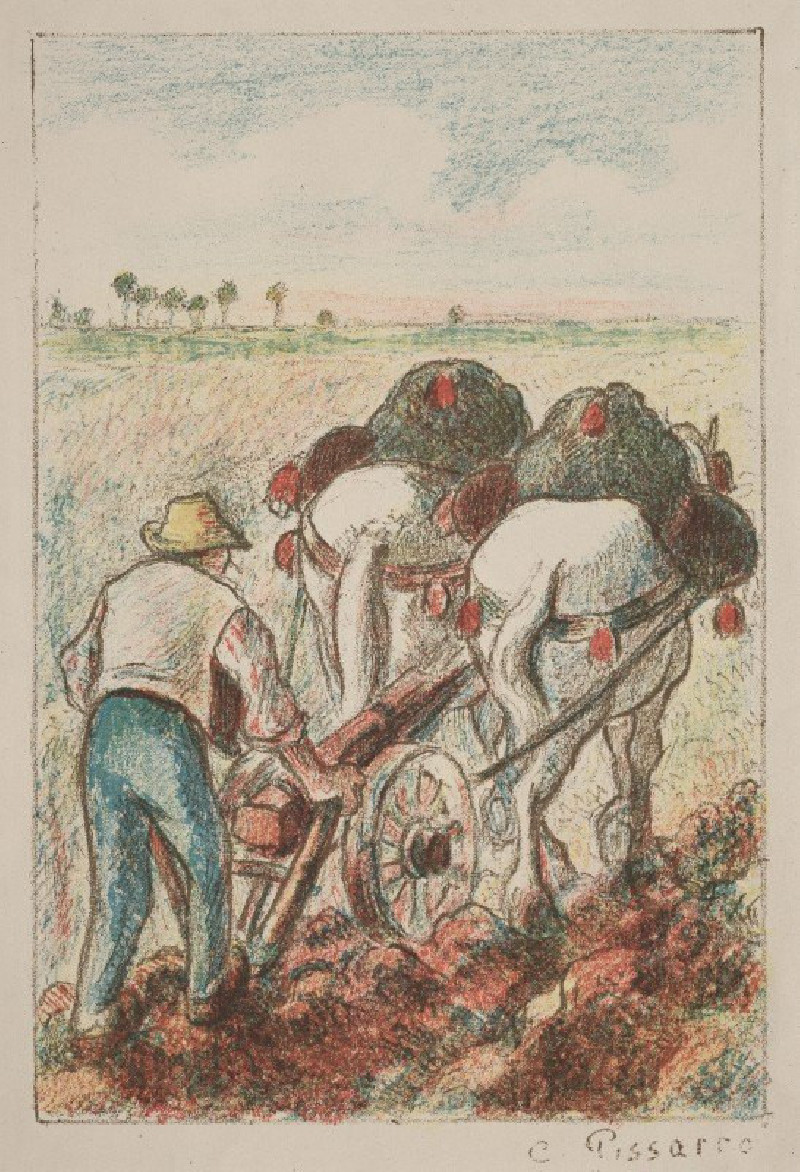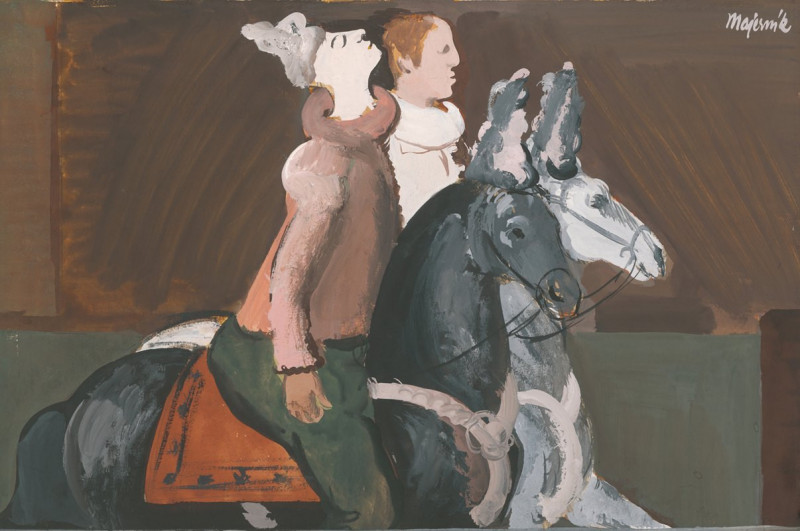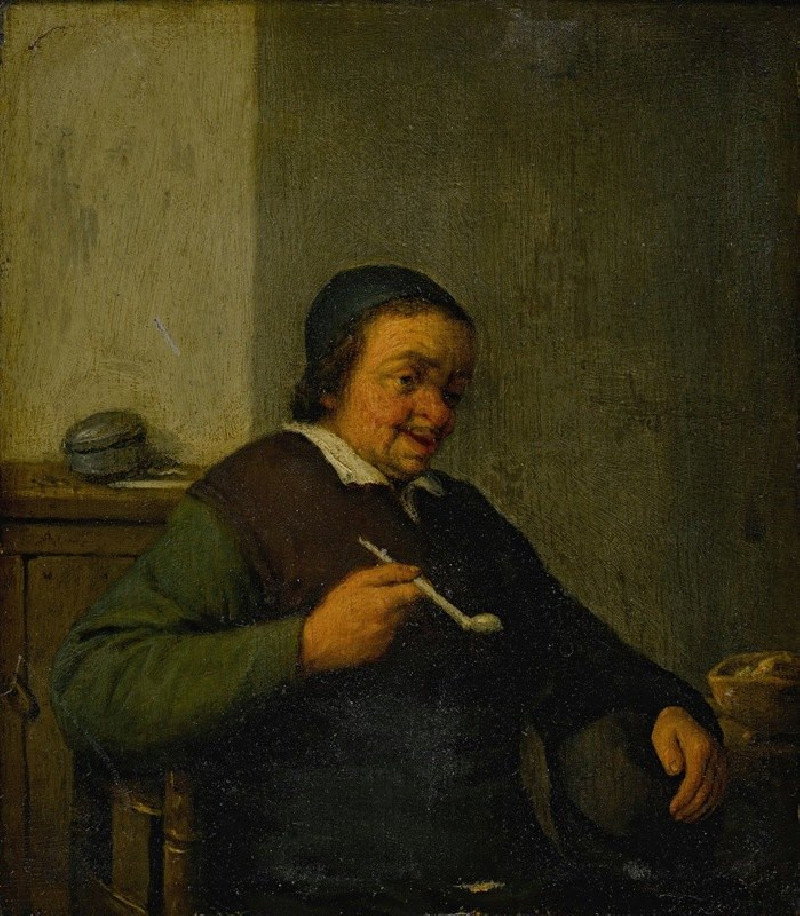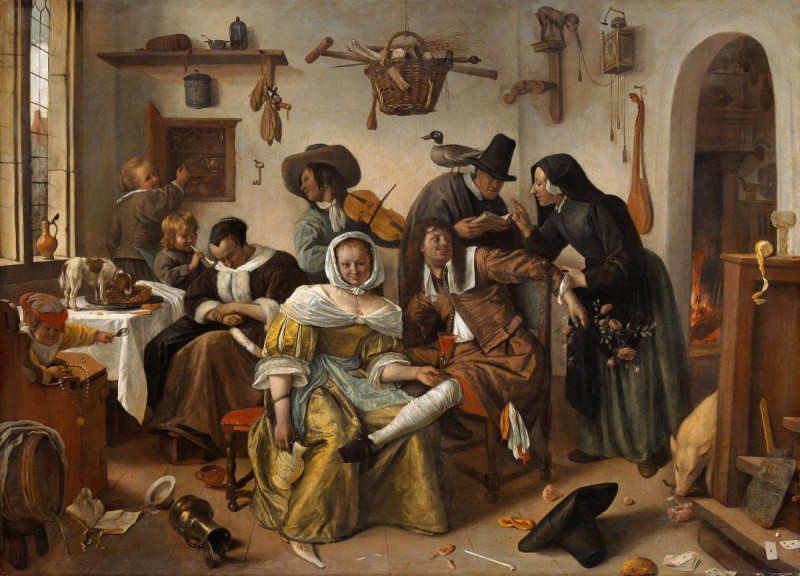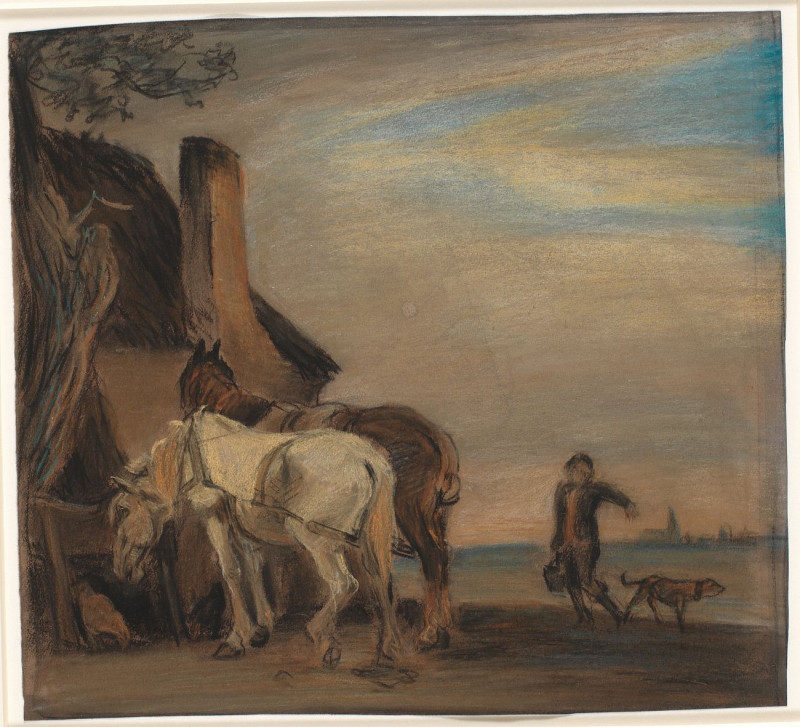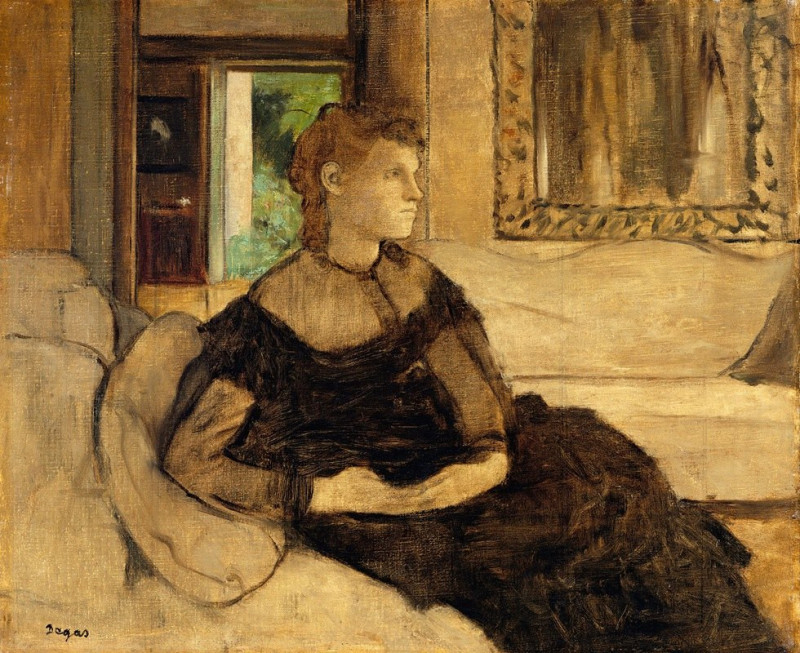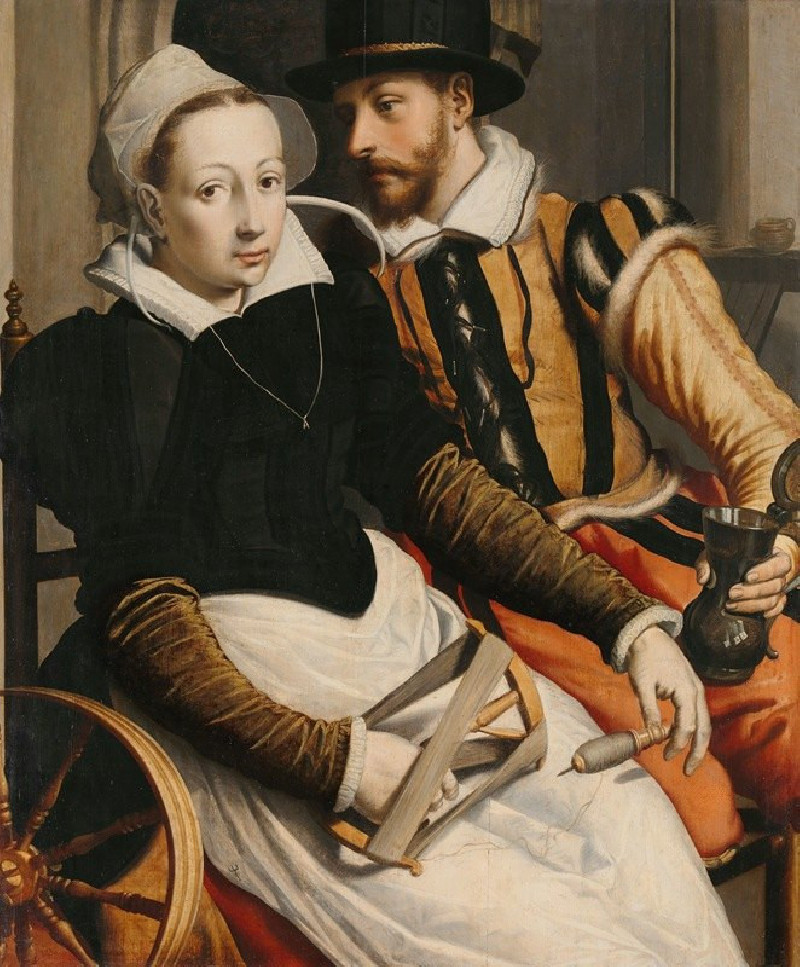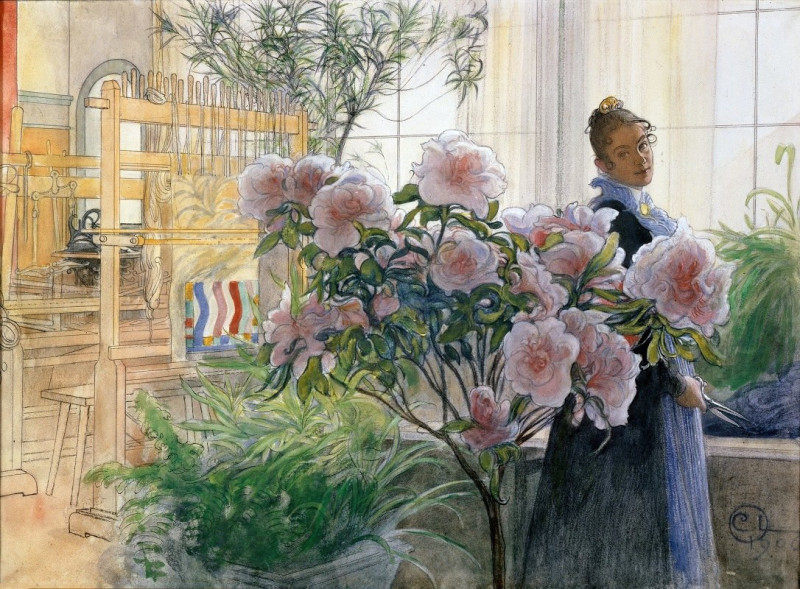Katwijk (1880-90)
Technique: Giclée quality print
Recommended by our customers
More about this artwork
Max Liebermann, a prominent figure in German impressionism, captures a serene and rustic essence in his sketch titled "Katwijk." This artwork, dating from the period of 1880 to 1890, portrays the tranquil life of the Dutch coastal village of Katwijk.The sketch is characterized by its loose, dynamic strokes, which evoke a sense of movement and simplicity. Liebermann's use of chiaroscuro - the play of light and shadow - breathes life into the composition, showing his mastery in depicting natural light and its effects on the landscape and structures. The scene is dominated by a cluster of cottages, their gabled roofs and rough textures standing stark against the softer, open sky. The presence of a lone figure near the buildings adds a human element, suggesting daily life continues in this coastal settlement amidst the windswept dunes.Liebermann’s work not only reflects a physical location but also conveys the atmosphere of rural Dutch life, suggesting a harmony between nature and the people living within it. This piece is a beautiful example of how the artist utilized sketches to explore light, shadow, and form in his preliminary studies for later paintings.
Delivery
Returns
Max Liebermann was a German painter and printmaker of Ashkenazi Jewish ancestry, and one of the leading proponents of Impressionism in Germany.
The son of a Jewish fabric manufacturer turned banker from Berlin, Liebermann grew up in an imposing town house alongside the Brandenburg Gate.
He first studied law and philosophy at the University of Berlin, but later studied painting and drawing in Weimar in 1869, in Paris in 1872, and in the Netherlands in 1876–77.

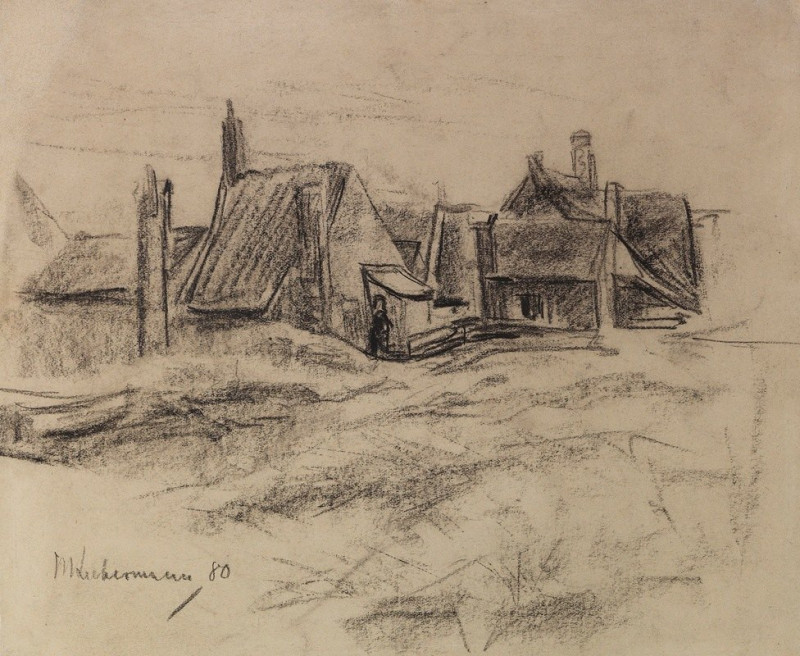

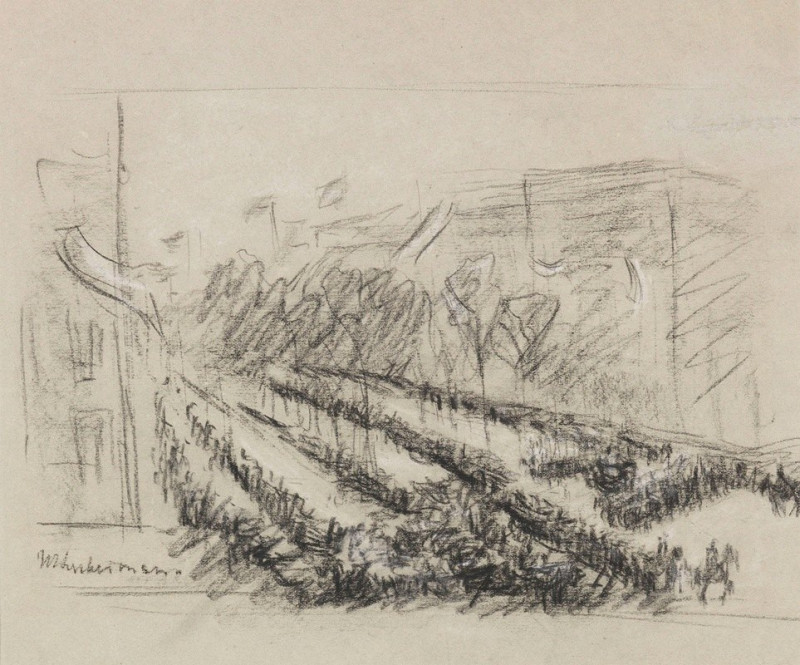
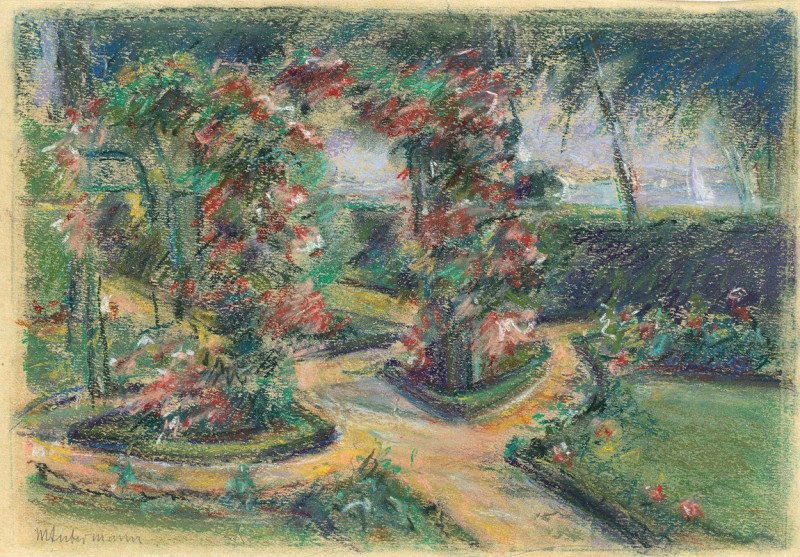
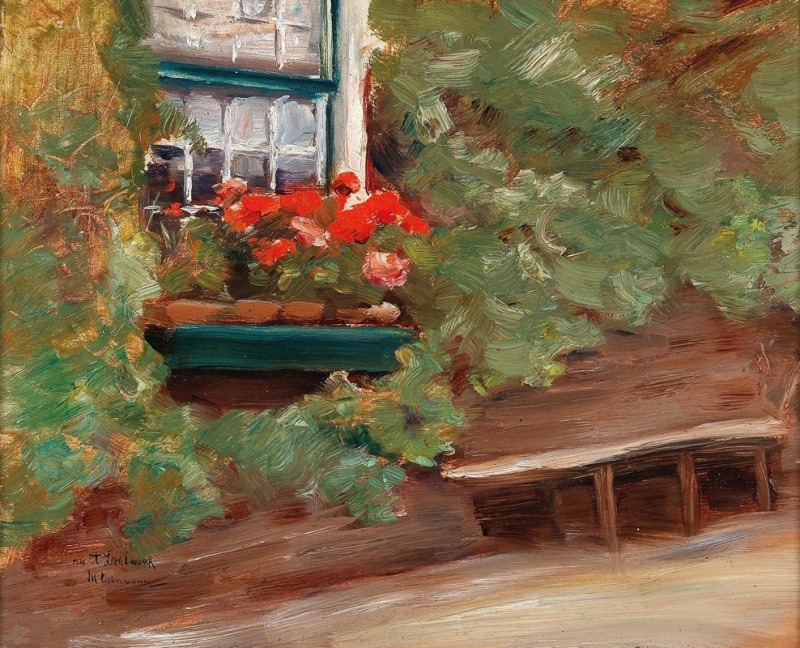
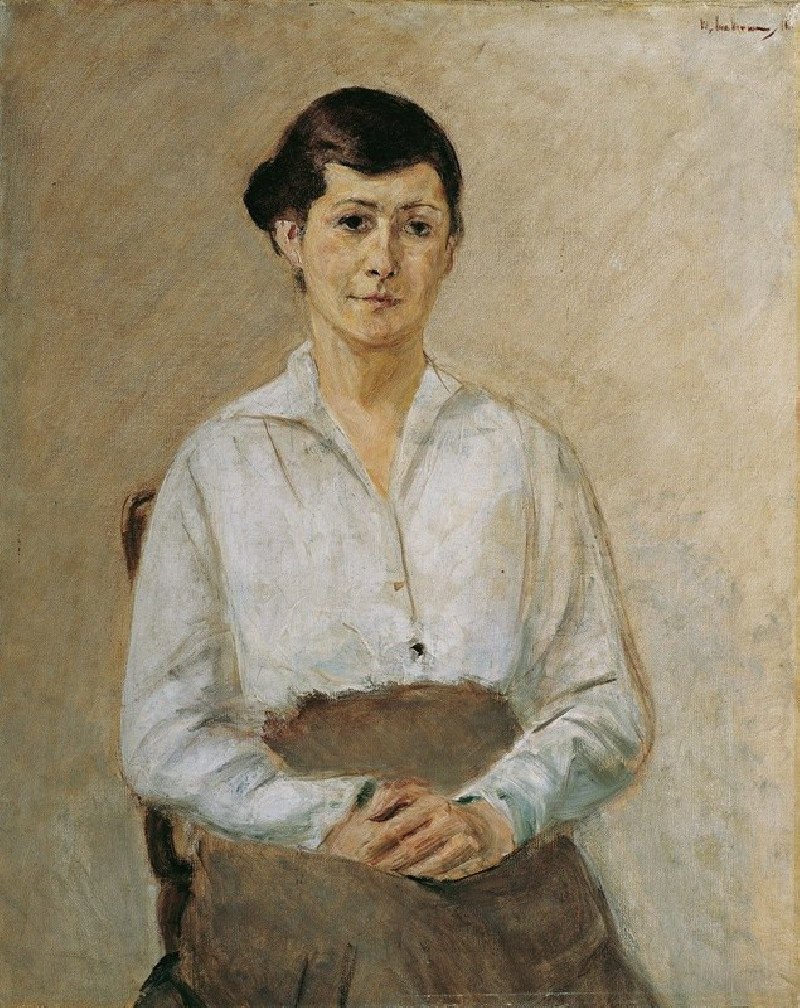
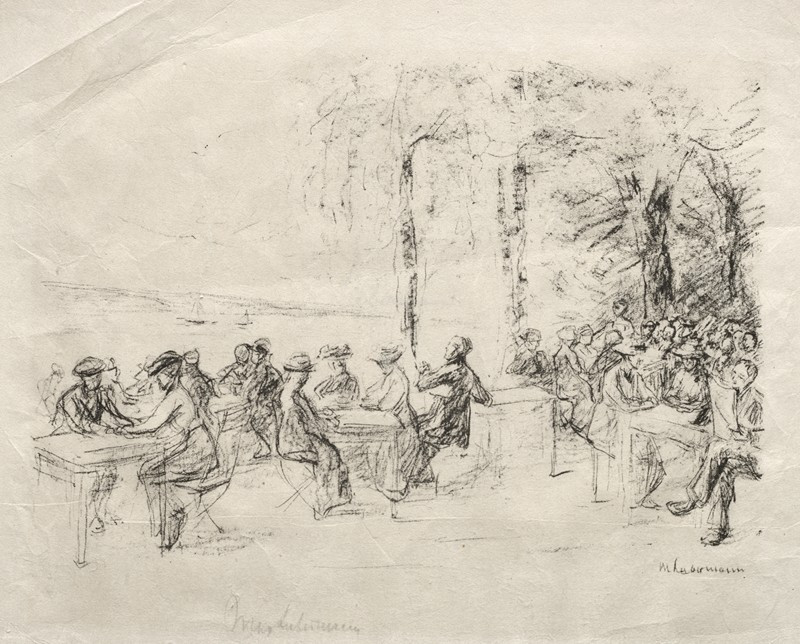

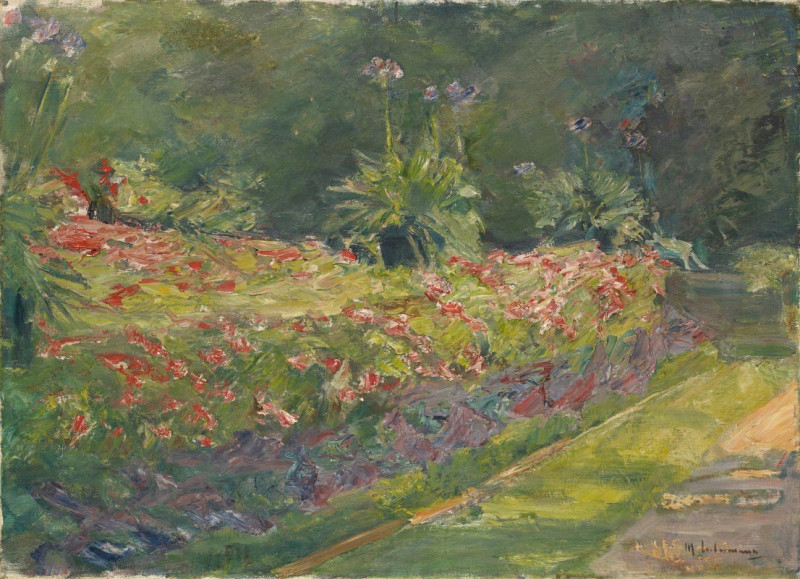
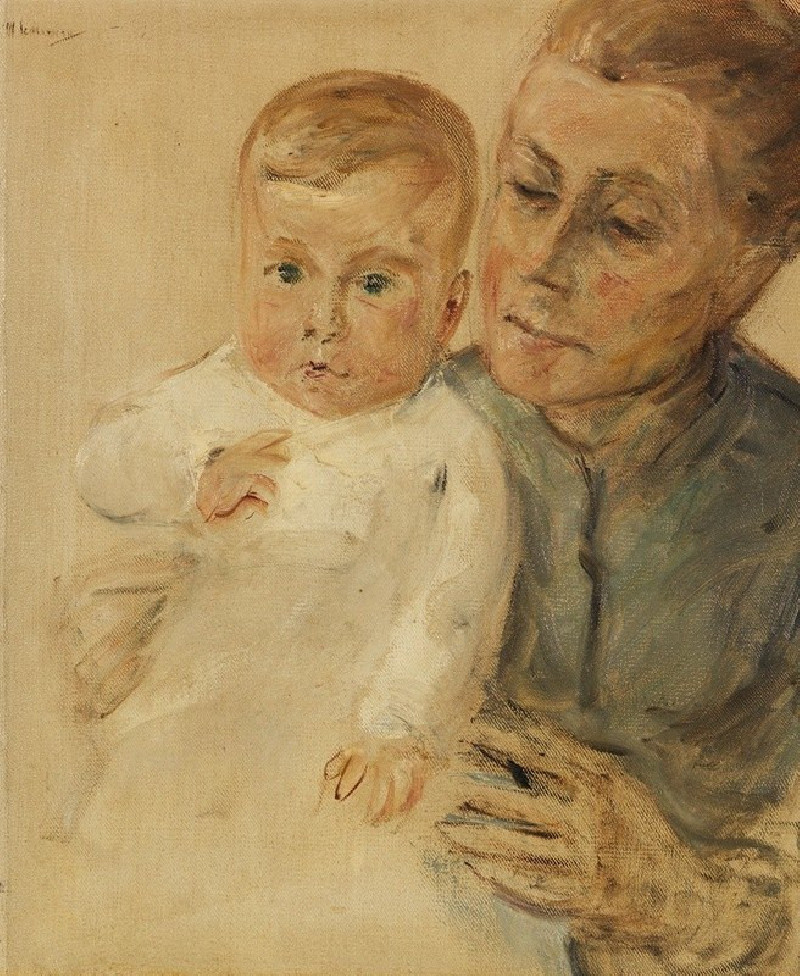

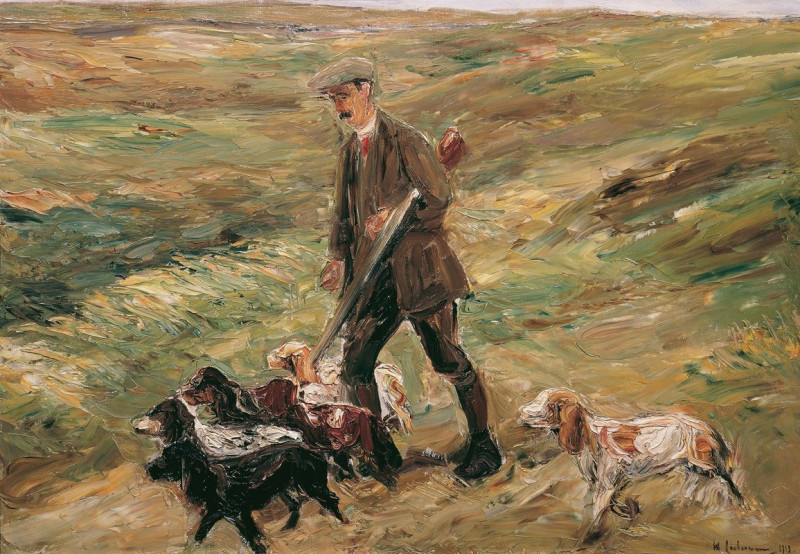

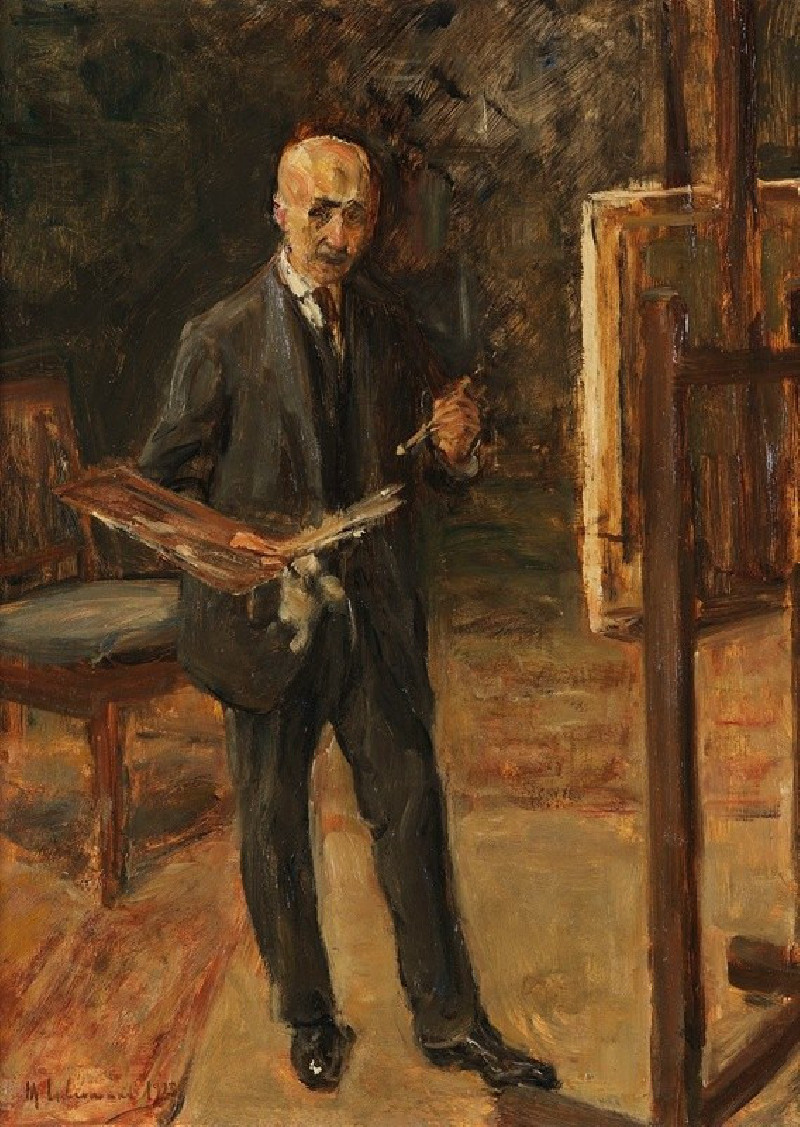
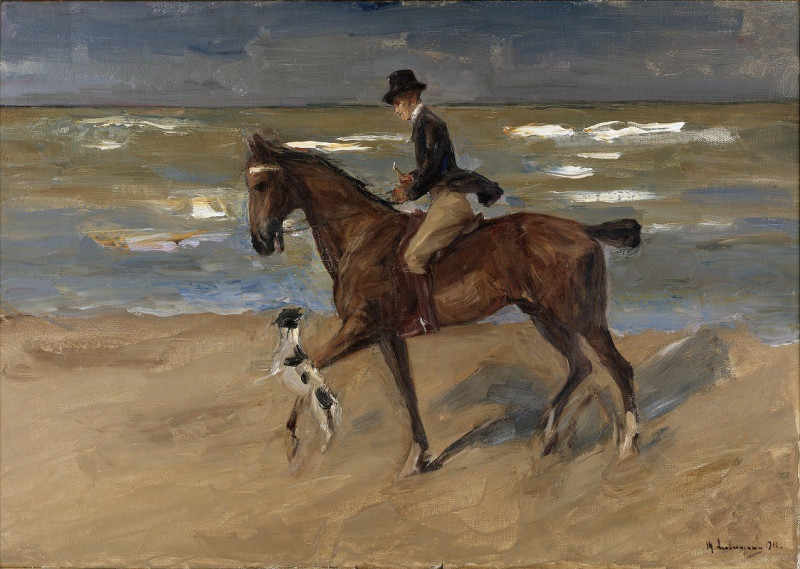
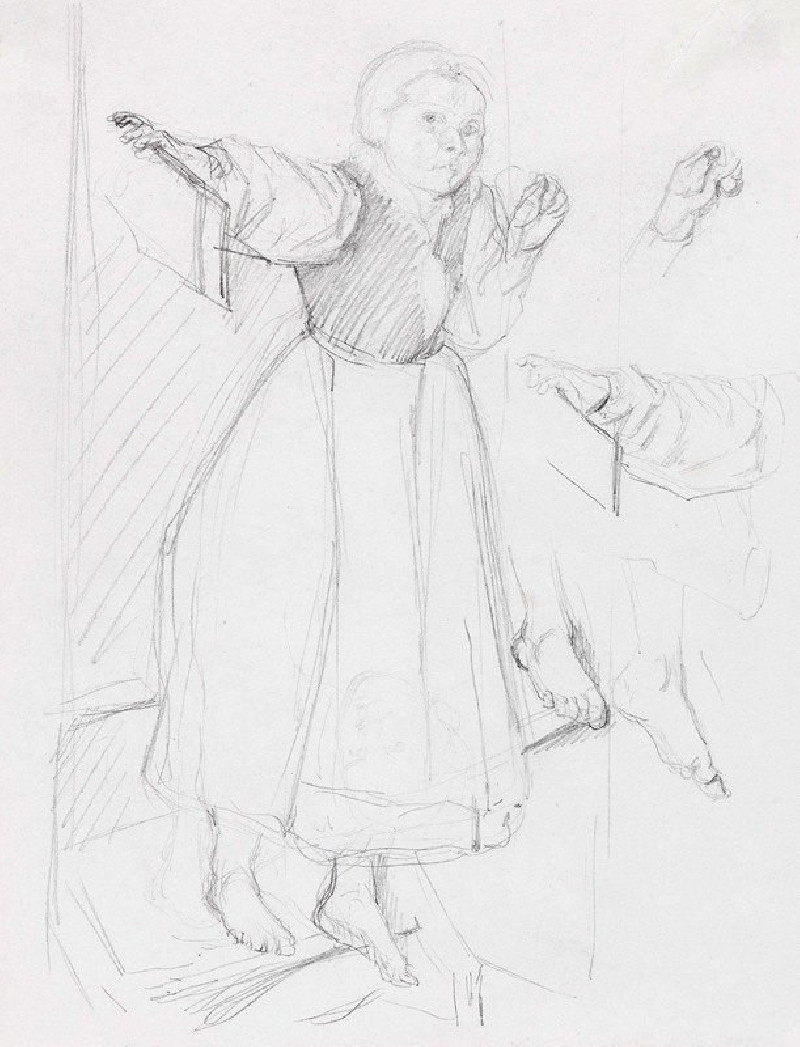
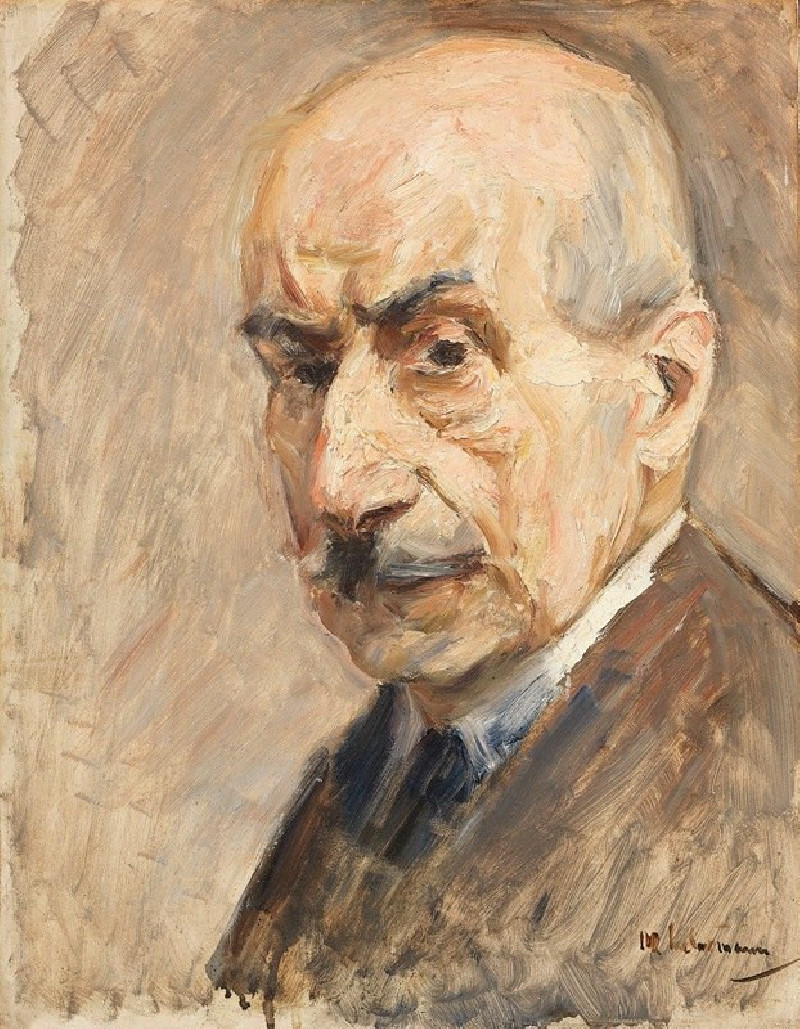
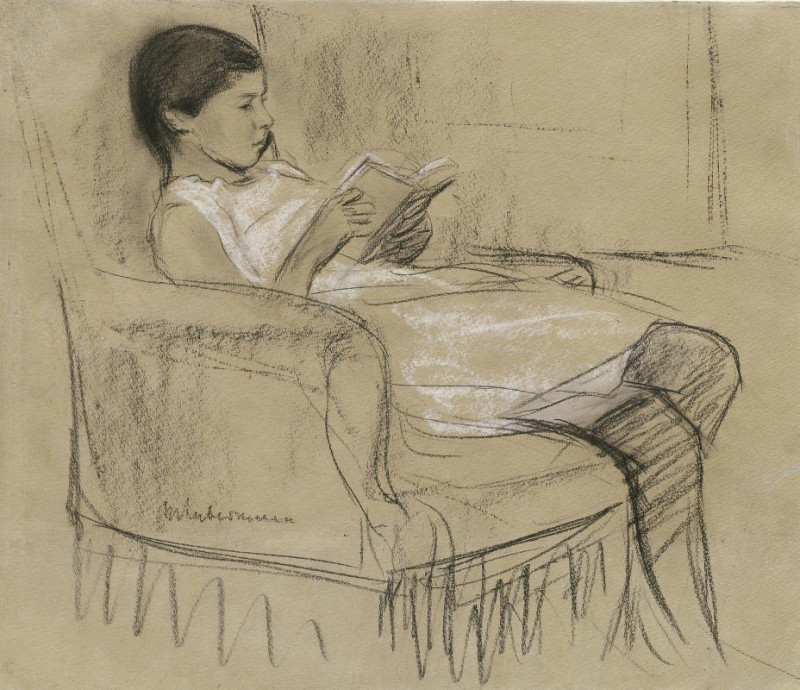
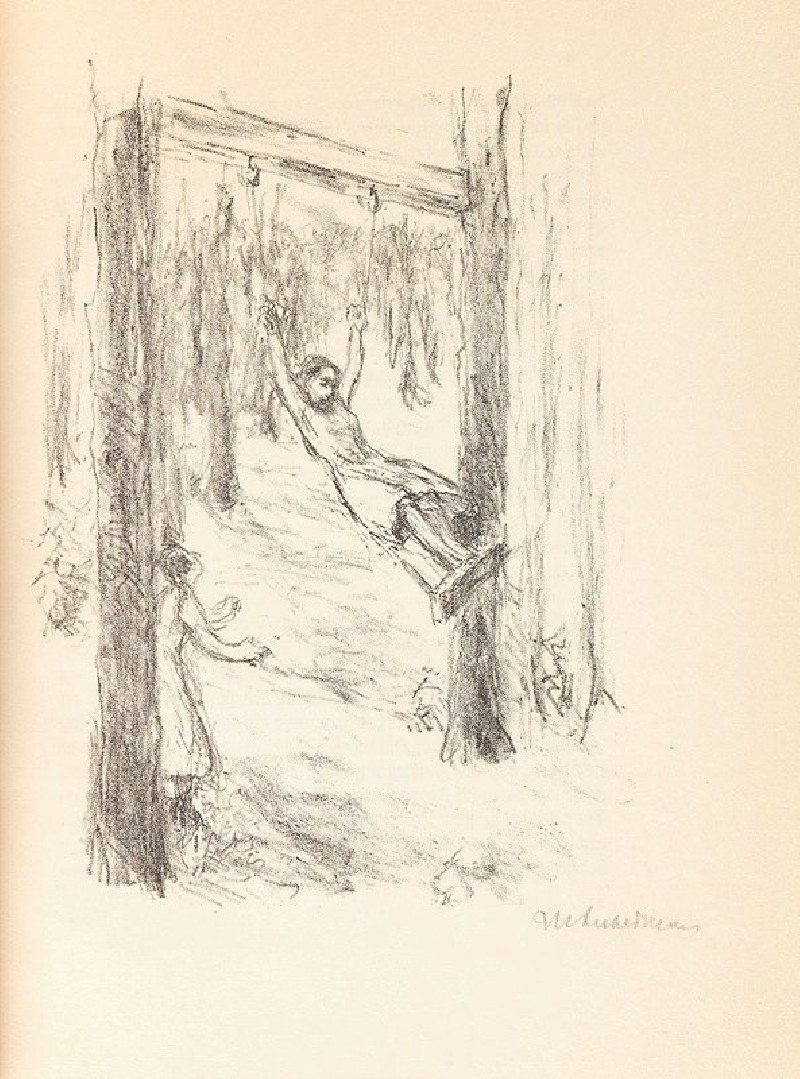
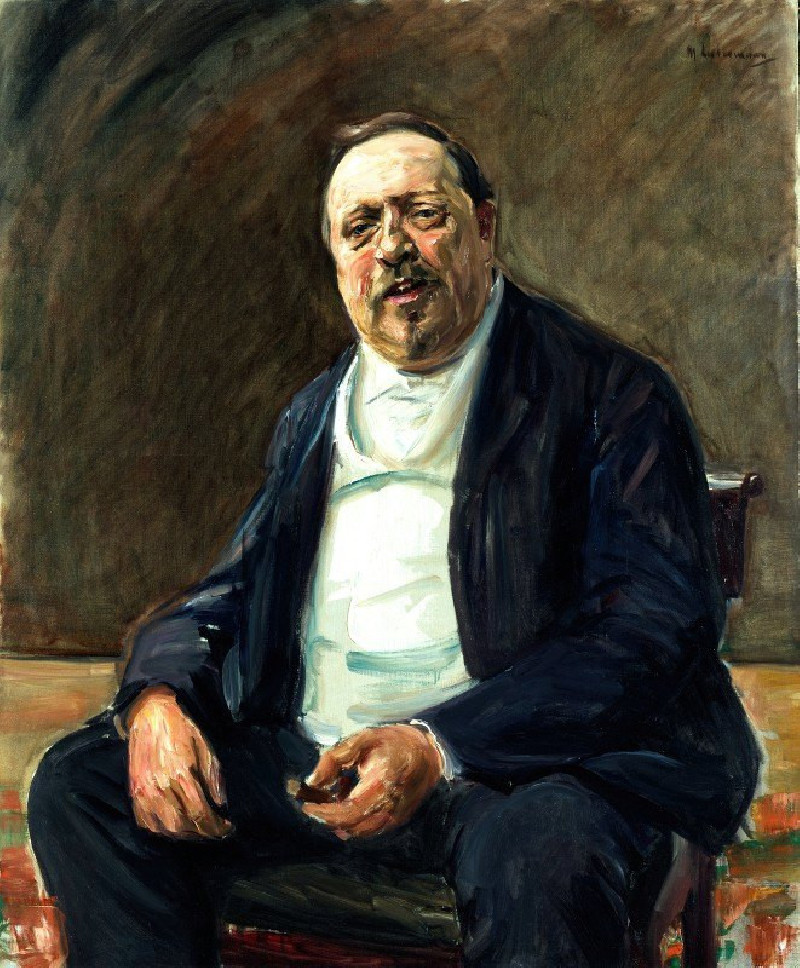
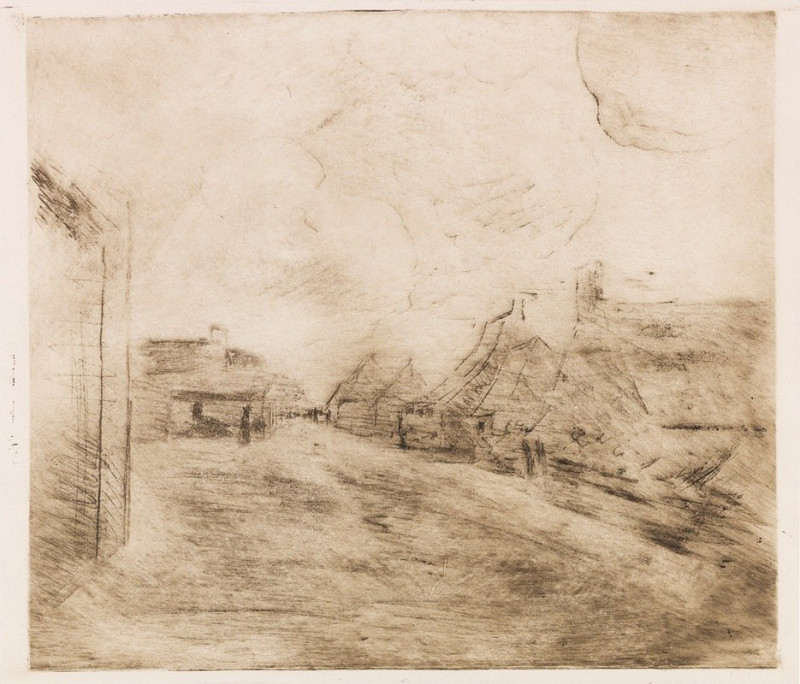
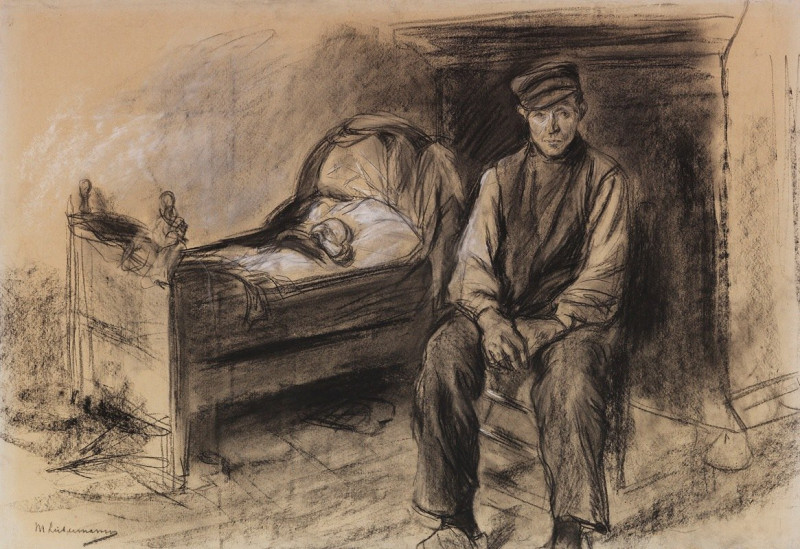
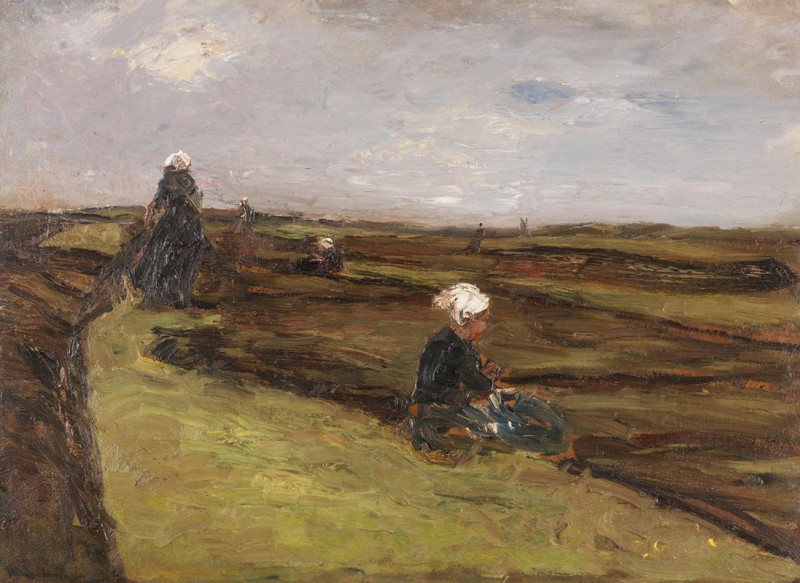
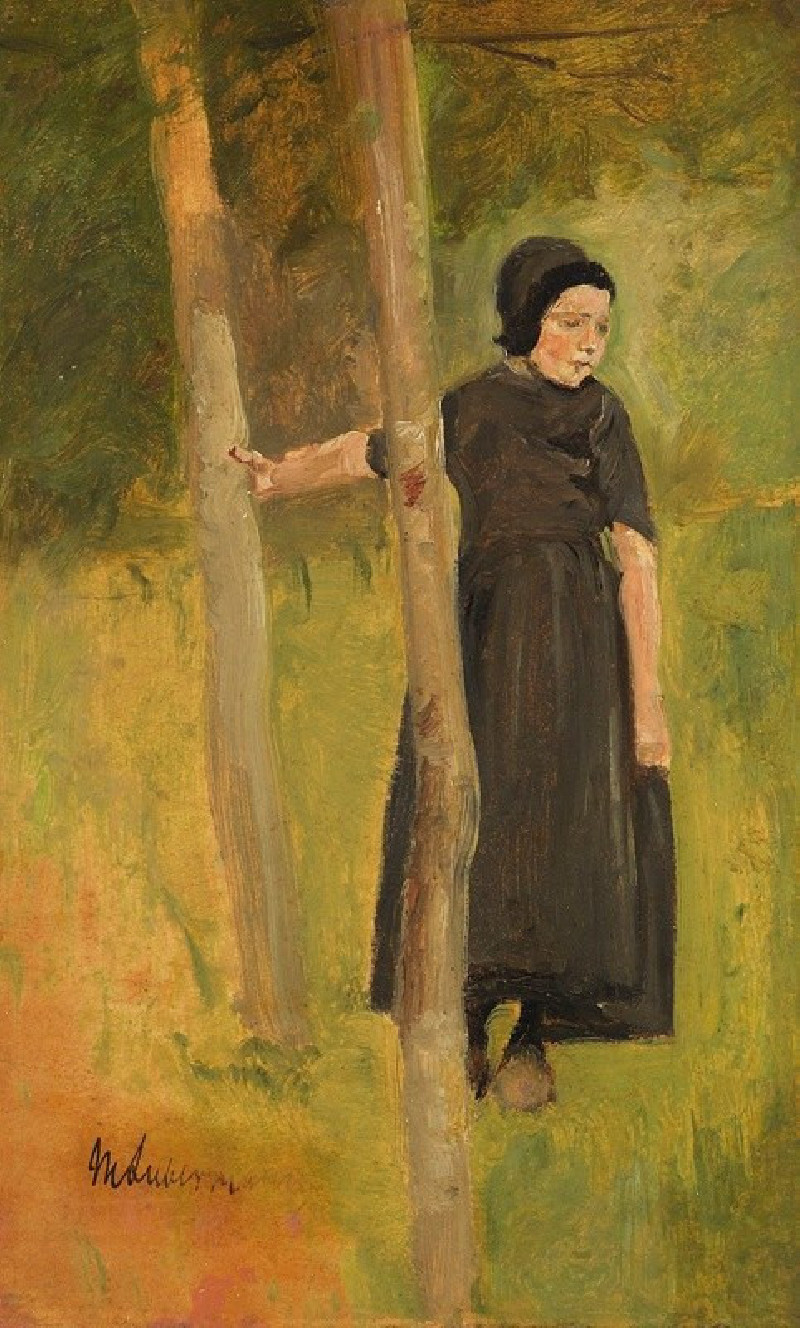
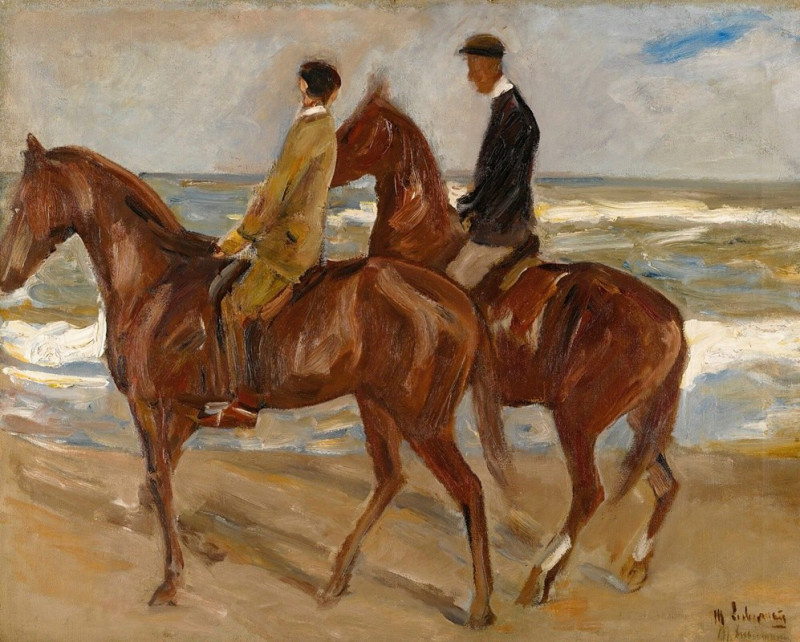
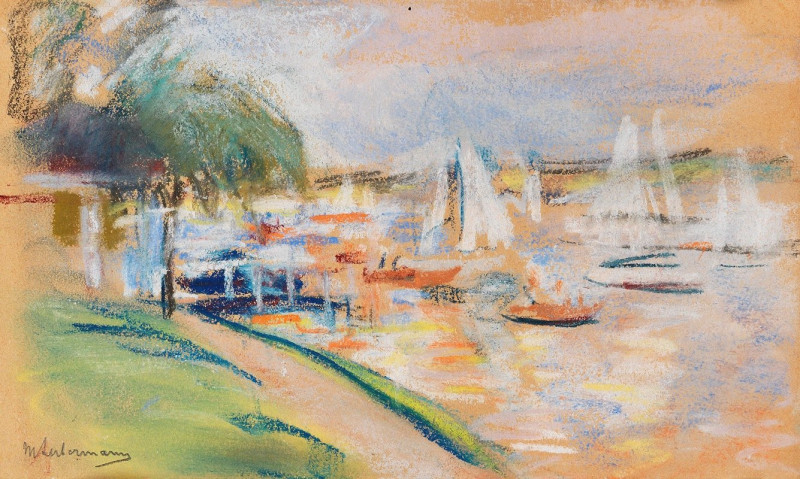


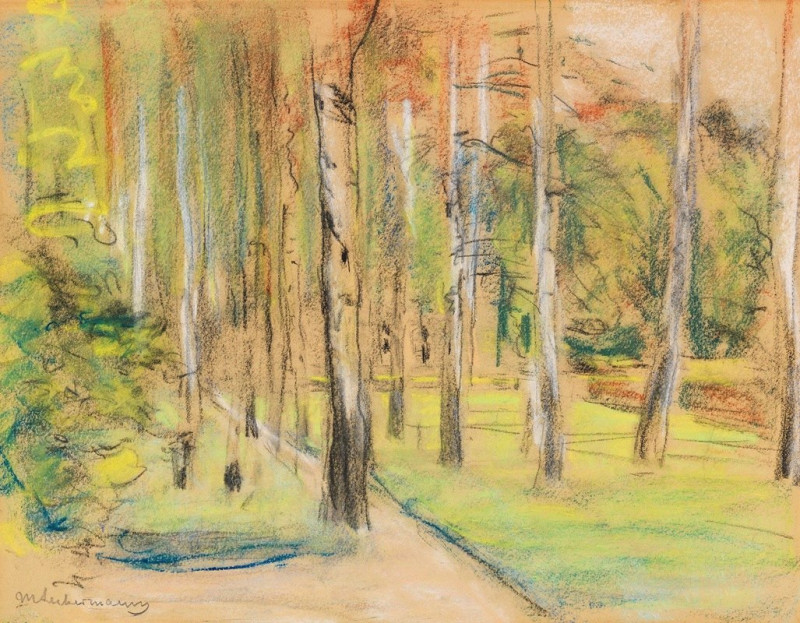
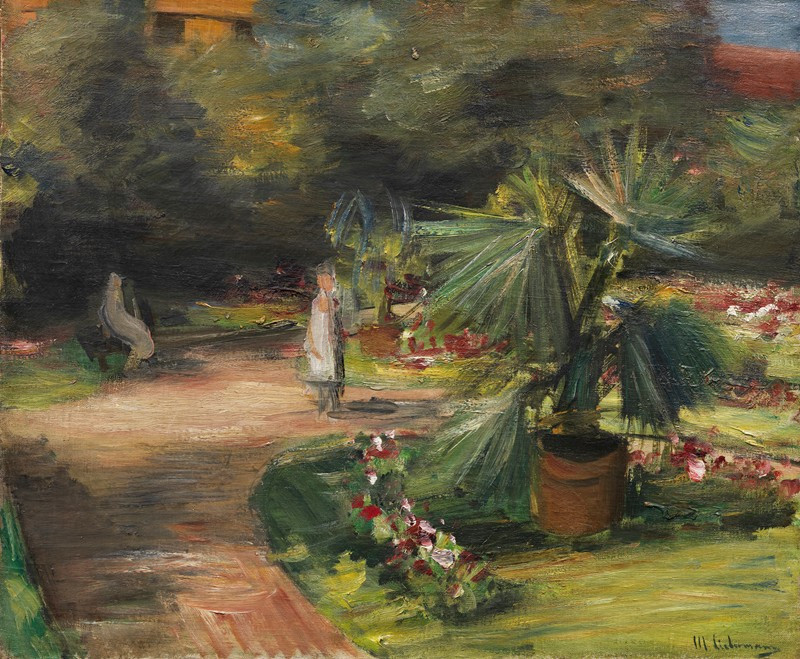
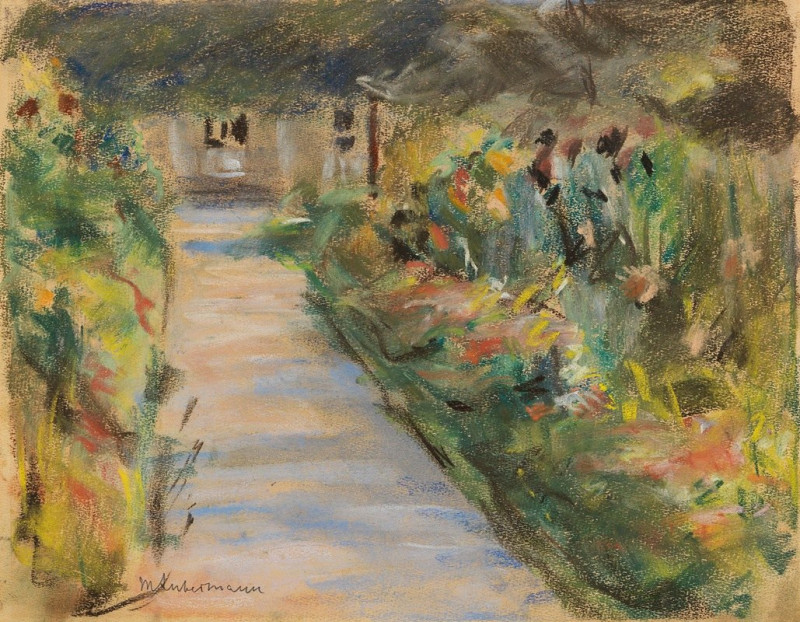
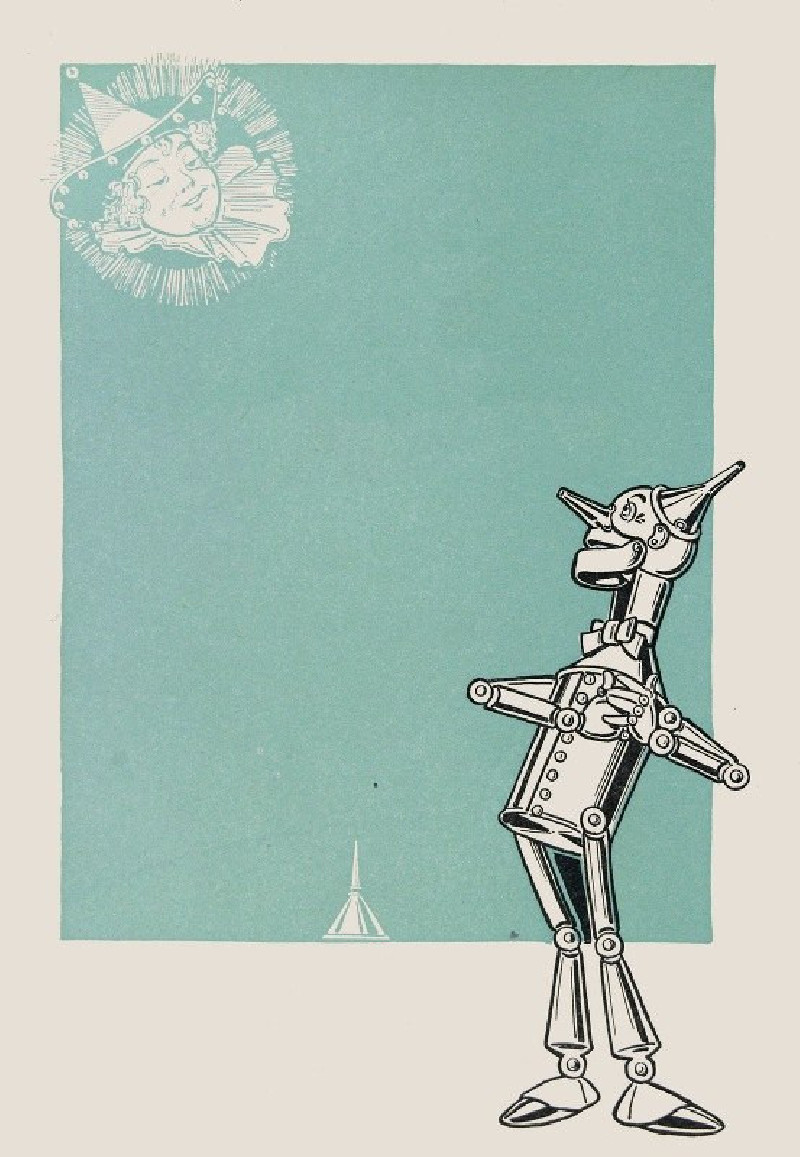
![Crinum Pedunculatum. [River Lily] (1834) reproduction of painting by Priscilla Susan Bury. ALL GICLEE PRINTS](https://reprodukcijos.lt/58219-large_default/reproduction-of-crinum-pedunculatum-river-lily-1834.jpg)
